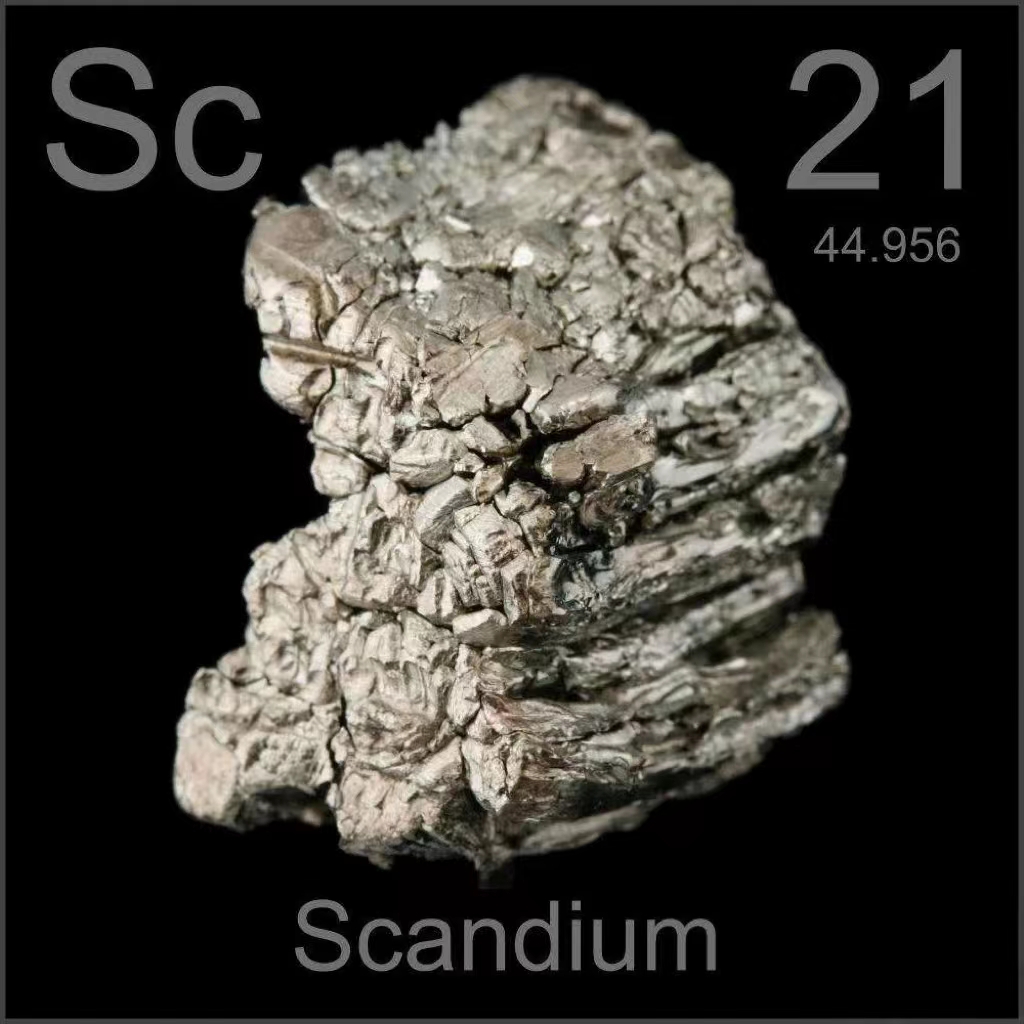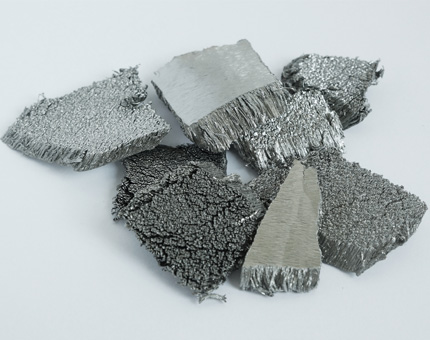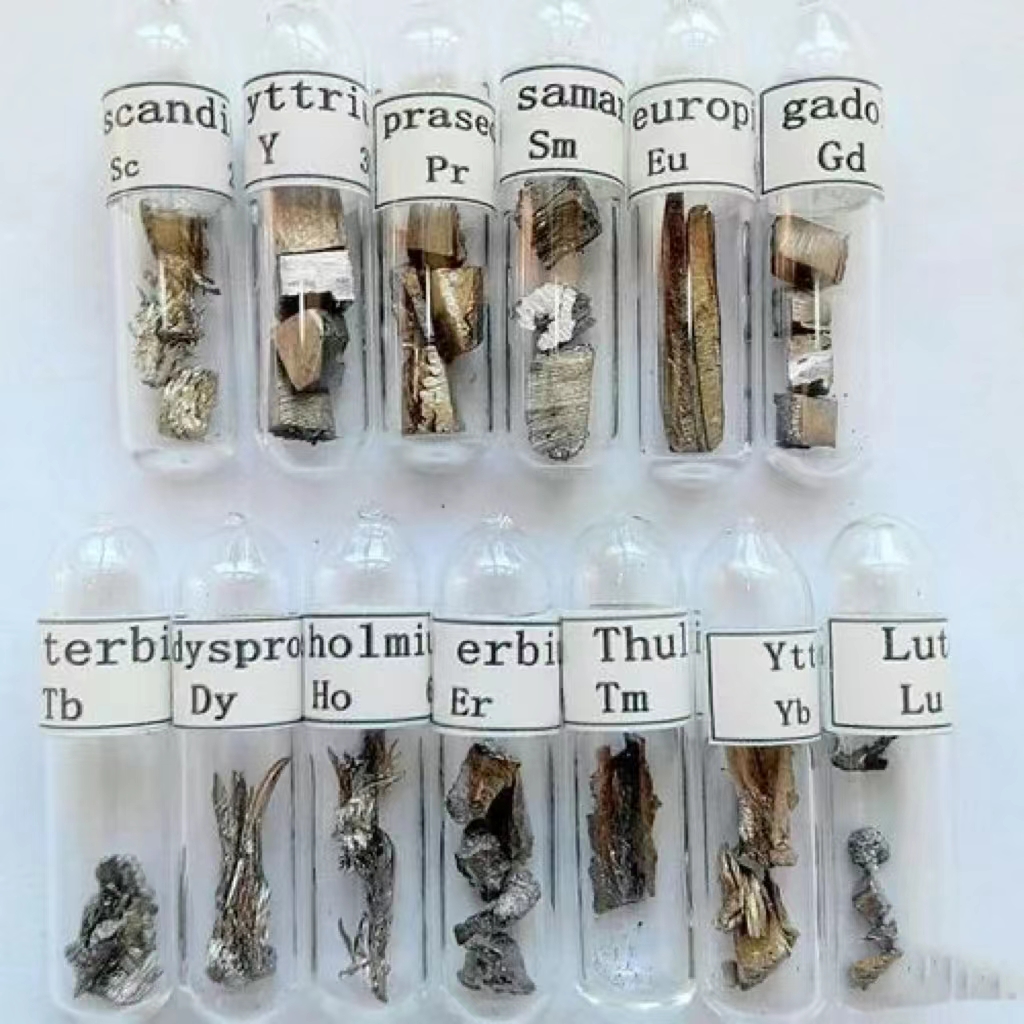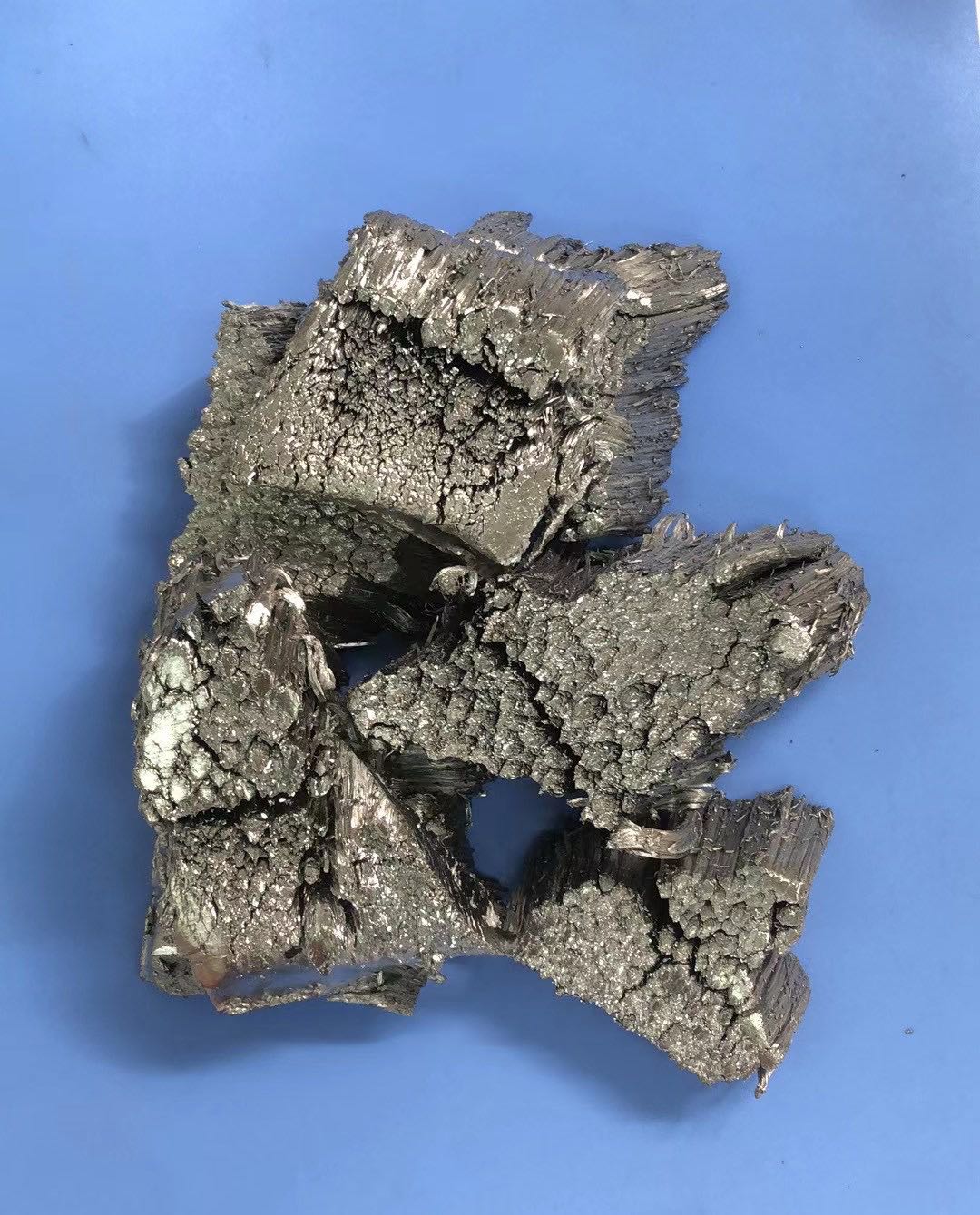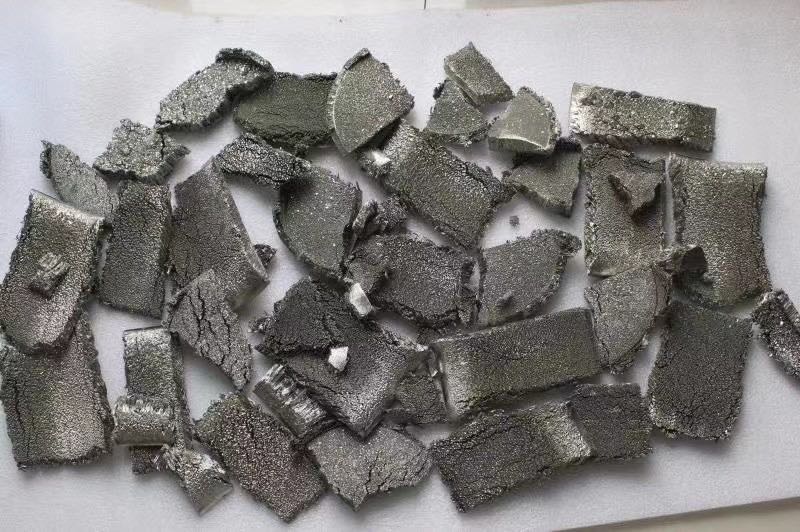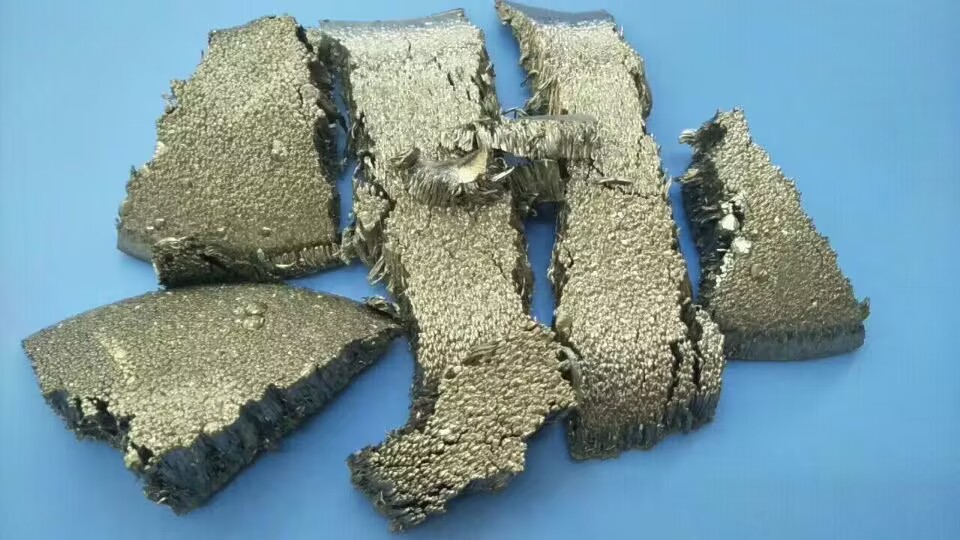What is scandium and its commonly used testing methods
21 Scandium and its commonly used testing methods
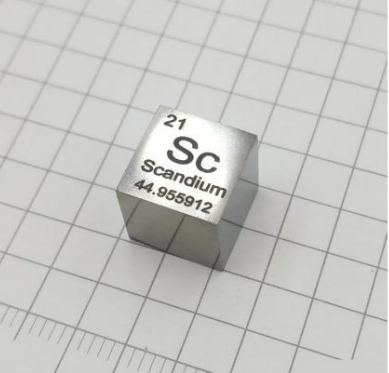
Welcome to this world of elements full of mystery and charm. Today, we will explore a special element together - scandium. Although this element may not be common in our daily lives, it plays an important role in science and industry.
Scandium, this wonderful element, has many amazing properties. It is a member of the rare earth element family. Like other rare earth elements, the atomic structure of scandium is full of mystery. It is these unique atomic structures that make scandium play an irreplaceable role in physics, chemistry and materials science.
The discovery of scandium is full of twists and turns and hardships. It started in 1841, when the Swedish chemist L.F.Nilson (1840~1899) hoped to separate other elements from the purified erbium earth while studying light metals. After 13 times of partial decomposition of nitrates, he finally obtained 3.5g of pure ytterbium earth. However, he found that the atomic weight of the ytterbium he obtained did not match the atomic weight of ytterbium given by Malinac before. The sharp-eyed Nelson realized that there might be some lightweight element in it. So he continued to process the ytterbium he obtained with the same process. Finally, when only one-tenth of the sample was left, the measured atomic weight dropped to 167.46. This result is close to the atomic weight of yttrium, so Nelson named it “Scandium”.
Although Nelson had discovered scandium, it did not attract much attention from the scientific community due to its rarity and difficulty in separation. It was not until the late 19th century, when research on rare earth elements became a trend, that scandium was rediscovered and studied.
So, let us embark on this journey of exploring scandium, to uncover its mystery and to understand this seemingly ordinary but actually charming element.
Application fields of scandium
The symbol of scandium is Sc, and its atomic number is 21. The element is a soft, silvery-white transition metal. Although scandium is not a common element in the earth’s crust, it has many important application fields, mainly in the following aspects:
1. Aerospace Industry: Scandium aluminum is a lightweight, high-strength alloy used in aircraft structures, engine parts, and missile manufacturing in the aerospace industry. The addition of scandium can improve the strength and corrosion resistance of the alloy while reducing the density of the alloy, making aerospace equipment lighter and more durable.
2. Bicycles and Sports Equipment: Scandium aluminum is also used to make bicycles, golf clubs, and other sports equipment. Due to its excellent strength and lightness, scandium alloy can improve the performance of sports equipment, reduce weight, and increase the durability of the material.
3. Lighting Industry: Scandium iodide is used as a filler in high-intensity xenon lamps. Such bulbs are used in photography, filmmaking, stage lighting, and medical equipment because their spectral characteristics are very close to natural sunlight.
4. Fuel Cells: Scandium aluminum also finds application in solid oxide fuel cells (SOFCs). In these batteries, scandium-aluminum alloy is used as anode material, which has high conductivity and stability, helping to improve the efficiency and performance of fuel cells.
5. Scientific research: Scandium is used as a detector material in scientific research. In nuclear physics experiments and particle accelerators, scandium scintillation crystals are used to detect radiation and particles.
6. Other applications: Scandium is also used as a high-temperature superconductor and in some special alloys to improve the properties of the alloy. Due to the superior performance of scandium in the anodizing process, it is also used in the production of electrode materials for lithium batteries and other electronic devices.
It is important to note that despite its many applications, scandium’s production and use are limited and relatively expensive due to its relative scarcity, so its cost and alternatives need to be carefully considered when using it.
Physical Properties of Scandium Element
1. Atomic Structure: The nucleus of scandium consists of 21 protons and usually contains 20 neutrons. Therefore, its standard atomic weight (relative atomic mass) is about 44.955908. In terms of atomic structure, the electron configuration of scandium is 1s² 2s² 2p⁶ 3s² 3p⁶ 3d¹ 4s².
2. Physical State: Scandium is solid at room temperature and has a silvery-white appearance. Its physical state can change depending on the changes in temperature and pressure.
3. Density: The density of scandium is about 2.989 g/cm3. This relatively low density makes it a lightweight metal.
4. Melting Point: The melting point of scandium is about 1541 degrees Celsius (2806 degrees Fahrenheit), which indicates that it has a relatively high melting point. 5. Boiling Point: Scandium has a boiling point of about 2836 degrees Celsius (5137 degrees Fahrenheit), which means that it requires high temperatures to evaporate.
6. Electrical Conductivity: Scandium is a good conductor of electricity, with reasonable electrical conductivity. While not as good as common conductive materials like copper or aluminum, it is still useful in some special applications, such as electrolytic cells and aerospace applications.
7. Thermal Conductivity: Scandium has a relatively high thermal conductivity, making it a good thermal conductor at high temperatures. This is useful in some high-temperature applications.
8. Crystal Structure: Scandium has a hexagonal close-packed crystal structure, which means that its atoms are packed into close-packed hexagons in the crystal.
9. Magnetism: Scandium is diamagnetic at room temperature, meaning it is not attracted or repelled by magnetic fields. Its magnetic behavior is related to its electronic structure.
10. Radioactivity: All stable isotopes of scandium are not radioactive, so it is a non-radioactive element.
Scandium is a relatively light, high-melting-point metal with several special applications, particularly in the aerospace industry and materials science. Although it is not commonly found in nature, its physical properties make it uniquely useful in several areas.
Chemical properties of scandium
Scandium is a transition metal element.
1. Atomic structure: Scandium’s atomic structure consists of 21 protons and usually about 20 neutrons. Its electron configuration is 1s² 2s² 2p⁶ 3s² 3p⁶ 3d¹ 4s², indicating that it has one unfilled d orbital.
2. Chemical symbol and atomic number: Scandium’s chemical symbol is Sc, and its atomic number is 21.
3. Electronegativity: Scandium has a relatively low electronegativity of about 1.36 (according to the Paul electronegativity). This means that it tends to lose electrons to form positive ions.
4. Oxidation state: Scandium usually exists in the +3 oxidation state, which means it has lost three electrons to form the Sc³⁺ ion. This is its most common oxidation state. Although Sc²⁺ and Sc⁴⁺ are also possible, they are less stable and less common.
5. Compounds: Scandium mainly forms compounds with elements such as oxygen, sulfur, nitrogen, and hydrogen. Some common scandium compounds include scandium oxide (Sc2O3) and scandium halides (such as scandium chloride, ScCl3).
6. Reactivity: Scandium is a relatively reactive metal, but it oxidizes rapidly in air, forming an oxide film of scandium oxide, which prevents further oxidation reactions. This also makes scandium relatively stable and has some corrosion resistance.
7. Solubility: Scandium dissolves slowly in most acids, but dissolves more easily under alkaline conditions. It is insoluble in water because its oxide film prevents further reactions with water molecules.
8. Lanthanide-like chemical properties: Scandium’s chemical properties are similar to those of the lanthanide series (lanthanum, gadolinium, neodymium, etc.), so it is sometimes classified as a lanthanide-like element. This similarity is mainly reflected in the ionic radius, compound properties and some reactivity.
9. Isotopes: Scandium has multiple isotopes, only some of which are stable. The most stable isotope is Sc-45, which has a long half-life and is not radioactive.
Scandium is a relatively rare element, but due to some of its unique chemical and physical properties, it plays an important role in several application areas, especially in the aerospace industry, materials science and some high-tech applications.
Biological properties of scandium
Scandium is not a common element in nature. Therefore, it has no biological properties in organisms. Biological properties usually involve the biological activity, biological absorption, metabolism and effects of elements on living organisms. Since scandium is not an element essential for life, no known organisms have a biological need or use for scandium.
The effect of scandium on organisms is mainly related to its radioactivity. Some isotopes of scandium are radioactive, so if the human body or other organisms are exposed to radioactive scandium, it may cause dangerous radiation exposure. This situation usually occurs in specific situations such as nuclear science research, radiotherapy or nuclear accidents.
Scandium does not interact beneficially with organisms and there is a radiation hazard. Therefore, it is not an important element in organisms.
Scandium is a relatively rare chemical element, and its distribution in nature is relatively limited. Here is a detailed introduction to the distribution of scandium in nature:
1. Content in nature: Scandium exists in relatively small amounts in the Earth’s crust. The average content in the Earth’s crust is about 0.0026 mg/kg (or 2.6 parts per million). This makes scandium one of the rarer elements in the Earth’s crust.
2. Discovery in minerals: Despite its limited content, scandium can be found in certain minerals, mainly in the form of oxides or silicates. Some minerals containing scandium include scandianite and dolomite.
3. Extraction of scandium: Due to its limited distribution in nature, it is relatively difficult to extract pure scandium. Usually, scandium is obtained as a byproduct of the aluminum smelting process, as it occurs with aluminum in bauxite.
4. Geographical distribution: Scandium is distributed globally, but not evenly. Some countries such as China, Russia, Norway, Sweden and Brazil have rich scandium deposits, while other regions rarely have them.
Although scandium has a limited distribution in nature, it plays an important role in some high-tech and industrial applications, so its
Extraction and Smelting of Scandium Element
Scandium is a rare metal element, and its mining and extraction processes are quite complex. The following is a detailed introduction to the mining and extraction process of scandium element:
1. Extraction of scandium: Scandium does not exist in its elemental form in nature, but usually exists in trace amounts in ores. The main scandium ores include vanadium scandium ore, zircon ore, and yttrium ore. The scandium content in these ores is relatively low.
The process of extracting scandium usually involves the following steps:
a. Mining: excavating ores containing scandium.
b. Crushing and ore processing: Crushing and processing ores to separate useful ores from waste rocks.
c. Flotation: Through the flotation process, ores containing scandium are separated from other impurities.
d. Dissolution and Reduction: Scandium hydroxide is usually dissolved and then reduced to metallic scandium by a reducing agent (usually aluminum).
e. Electrolytic extraction: The reduced scandium is extracted through an electrolytic process to obtain high-purity scandium metal.
3. Refining of scandium: Through multiple dissolution and crystallization processes, the purity of scandium can be further improved. A common method is to separate and crystallize scandium compounds through chlorination or carbonation processes to obtain high-purity scandium.
It should be noted that due to the scarcity of scandium, the extraction and refining processes require highly precise chemical engineering, and typically generate a significant amount of waste and by-products. Therefore, the mining and extraction of scandium element is a complex and expensive project, usually combined with the mining and extraction process of other elements to improve economic efficiency.
Detection methods of scandium
1. Atomic absorption spectrometry (AAS): Atomic absorption spectrometry is a commonly used quantitative analysis method that uses absorption spectra at specific wavelengths to determine the concentration of scandium in a sample. It atomizes the sample to be tested in a flame, and then measures the absorption intensity of scandium in the sample through a spectrometer. This method is suitable for the detection of trace concentrations of scandium.
2. Inductively coupled plasma optical emission spectrometry (ICP-OES): Inductively coupled plasma optical emission spectrometry is a highly sensitive and selective analytical method that is widely used in multi-element analysis. It atomizes the sample and forms a plasma, and determines the specific wavelength and intensity of scandium emission in a spectrometer.
3. Inductively coupled plasma mass spectrometry (ICP-MS): Inductively coupled plasma mass spectrometry is a highly sensitive and high-resolution analytical method that can be used for isotope ratio determination and trace element analysis. It atomizes the sample and forms a plasma, and determines the mass-to-charge ratio of scandium in a mass spectrometer. 4. X-ray fluorescence spectrometry (XRF): X-ray fluorescence spectrometry uses the fluorescence spectrum generated after the sample is excited by X-rays to analyze the content of elements. It can quickly and non-destructively determine the content of scandium in the sample.
5. Direct reading spectrometry: Also known as photoelectric direct reading spectrometry, it is an analytical technique used to analyze the content of elements in a sample.Direct reading spectrometry is based on the principle of atomic emission spectrometry. It uses high-temperature electric sparks or arcs to directly vaporize the elements in the sample from the solid state and emit characteristic spectral lines in the excited state. Each element has a unique emission line, and its intensity is proportional to the content of the element in the sample. By measuring the intensity of these characteristic spectral lines, the content of each element in the sample can be determined. This method is mainly used for the composition analysis of metals and alloys, especially in metallurgy, metal processing, materials science and other fields.
These methods are widely used in the laboratory and industry for the quantitative analysis and quality control of scandium. The selection of the appropriate method depends on factors such as sample type, required detection limit and detection accuracy.
Specific application of scandium atomic absorption method
In element measurement, atomic absorption spectroscopy has high accuracy and sensitivity, providing an effective means for studying the chemical properties, compound composition, and content of elements.
Next, we will use atomic absorption spectroscopy to measure the content of iron element.
The specific steps are as follows:
Prepare the sample to be tested. To prepare a solution of the sample to be measured, it is generally necessary to use mixed acid for digestion in order to facilitate subsequent measurements.
Choose a suitable atomic absorption spectrometer. Select a suitable atomic absorption spectrometer based on the properties of the sample to be tested and the range of scandium content to be measured. Adjust the parameters of the atomic absorption spectrometer. Adjust the parameters of the atomic absorption spectrometer, including the light source, atomizer, detector, etc., based on the tested element and instrument model.
Measure the absorbance of scandium element. Place the sample to be tested into an atomizer and emit light radiation of a specific wavelength through a light source. The scandium element to be tested will absorb this light radiation and undergo energy level transitions. Measure the absorbance of scandium element through a detector.
Calculate the content of scandium element. Calculate the content of scandium element based on absorbance and standard curve.
In actual work, it is necessary to select appropriate measurement methods according to the specific needs of the site. These methods are widely used in the analysis and detection of iron in laboratories and industries.
At the end of our comprehensive introduction to scandium, we hope that readers can have a deeper understanding and knowledge of this wonderful element. Scandium, as an important element in the periodic table, not only plays a key role in the field of science, but also has a wide range of applications in daily life and other fields.
By studying the properties, uses, discovery process and application of scandium in modern science and technology, we can see the unique charm and potential of this element. From aerospace materials to battery technology, from petrochemicals to medical equipment, scandium plays a key role.
Of course, we also need to realize that while scandium brings convenience to our lives, it also has some potential risks. Therefore, while we need to enjoy the benefits of scandium, we must also pay attention to reasonable use and standardized application to avoid possible problems.Scandium is an element worthy of our in-depth study and understanding. In the future development of science and technology, we expect scandium to play its unique advantages in more fields and bring more convenience and surprises to our lives.
